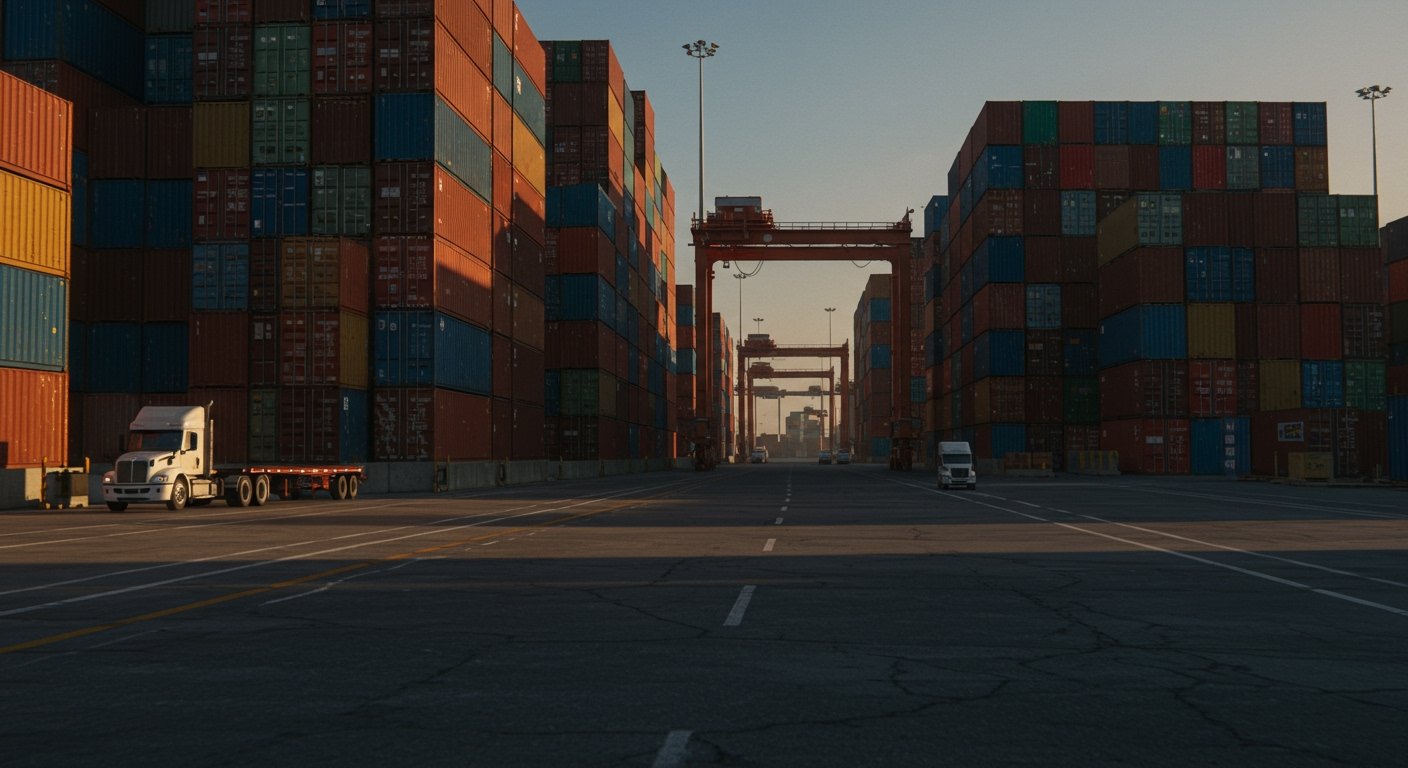Understanding the Dynamics of Migrant Caravans and U.S.-Mexico Border Policies
In the intricate landscape of migration, particularly along the U.S.-Mexico border, the movement of migrant caravans has become a significant focal point. As we delve into the current climate, it is essential to understand the factors driving these migrations and the responses from both the U.S. and Mexican governments. Notably, a pivotal moment in this ongoing narrative occurred just before the inauguration of President-elect Donald Trump, marking a critical juncture in U.S. immigration policy.
The Rise of Migrant Caravans
Recent years have witnessed an increase in the formation of migrant caravans, with thousands of individuals embarking on perilous journeys from various countries, including Venezuela, Ecuador, and El Salvador. These groups often set out from southern Mexico, seeking refuge and better opportunities in the United States. However, many of these caravans have struggled to reach their destination, particularly in the face of changing political climates and stringent border policies.
In early January 2025, as thousands of migrants made their way from southern Mexico, it became clear that the Mexican government was actively working to disrupt these movements. The strategic dispersal of migrants, such as sending around 100 individuals to Acapulco—over a thousand miles from the U.S. border—illustrates a concerted effort to manage the flow of people attempting to cross into the United States.
Impact of U.S. Immigration Policy
The anticipation surrounding President-elect Trump’s inauguration highlighted fears of a more aggressive stance on immigration. Trump’s administration had indicated intentions to halt the influx of migrants, a foreboding scenario for those traveling in caravans. As a result, many migrants faced uncertainty about their future, grappling with the possibility that they may not reach the U.S. border before the inauguration.
Despite these fears, the number of illegal border crossings remained low in the final days of President Joe Biden’s administration, contrary to predictions of a surge in migration. Various factors contributed to this trend, including heightened enforcement measures and the psychological toll on migrants who were aware of the shifting political landscape.
Challenges Faced by Migrants
Migrants embarking on these journeys often do so under dire circumstances. Economic hardship, political instability, and violence in their home countries compel many to seek refuge elsewhere. The journey itself is fraught with dangers, including exploitation by human traffickers, extreme weather conditions, and the risk of deportation.
In addition to the physical dangers, migrants face significant emotional and psychological challenges. The uncertainty of their journey, combined with the potential for rejection at the border, can lead to feelings of despair and hopelessness. Understanding these human factors is critical for developing empathetic and effective immigration policies.
The Role of Local Governments and Organizations
In the face of these challenges, local governments and non-profit organizations have stepped in to provide assistance and resources to migrants. For instance, the Pima County Board of Supervisors recently voted unanimously to accept federal grants aimed at funding home repair programs for low-income residents. This initiative not only aids local communities but also extends support to migrants who may settle in these areas.
Moreover, food centers and shelters have played a crucial role in supporting families and individuals facing hardship due to migration. However, recent disruptions, such as the suspension of operations at a major food center in Winslow, Arizona, due to adverse weather conditions, underscore the precariousness of support systems for those in need.
Weather Conditions and Their Impact
The weather can significantly affect both the migration process and the ability of support organizations to assist those in need. As cold nighttime temperatures persisted in northern Sonora, towns were warned of potential snowfall, posing additional challenges for migrants who may be traversing these areas. The harshness of winter weather can exacerbate the already difficult circumstances faced by those traveling in search of safety and stability.
Conclusion
The complexities surrounding migrant caravans and border policies illustrate the multifaceted nature of migration in the U.S.-Mexico region. As we move forward, it is crucial to consider the humanitarian aspects of these issues and the impact of governmental responses on the lives of migrants. While policies may change with new leadership, the underlying causes of migration—economic disparity, violence, and a quest for a better life—remain persistent challenges that require collaborative solutions. The need for compassion and understanding in addressing these issues is more pressing than ever as we navigate the intricate dynamics of migration and border security.






